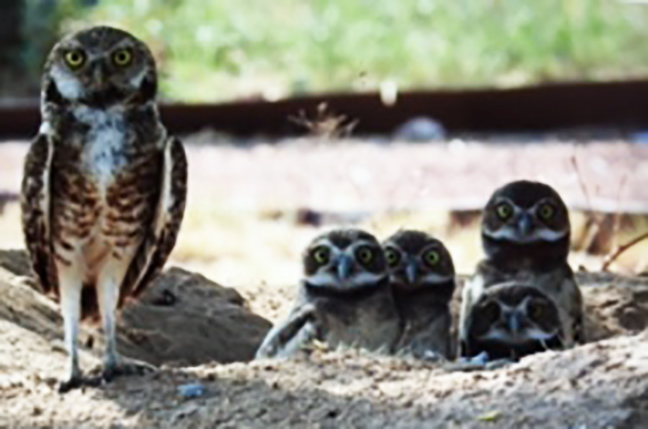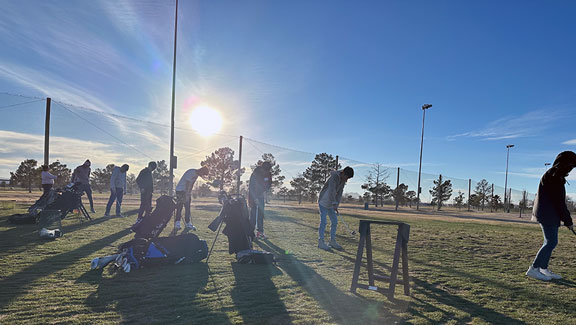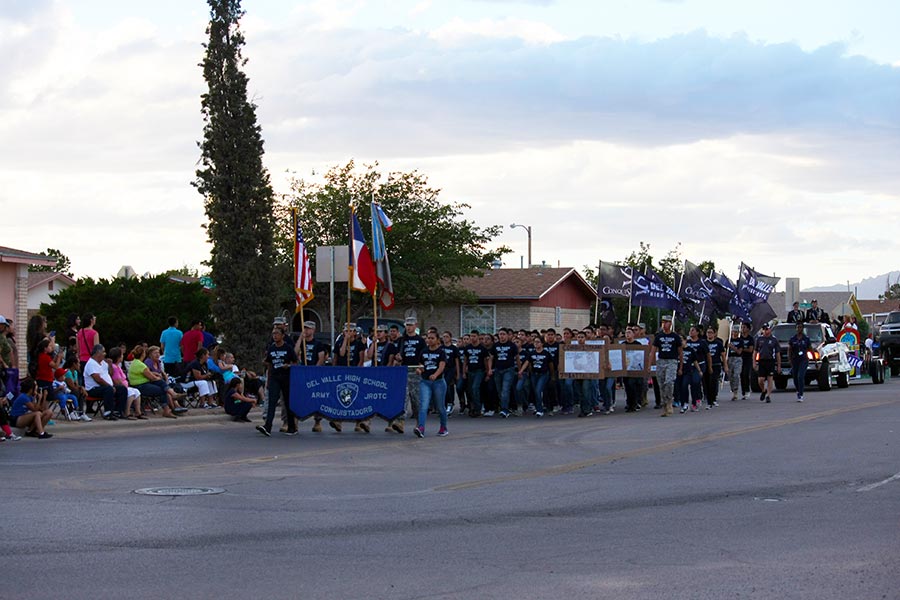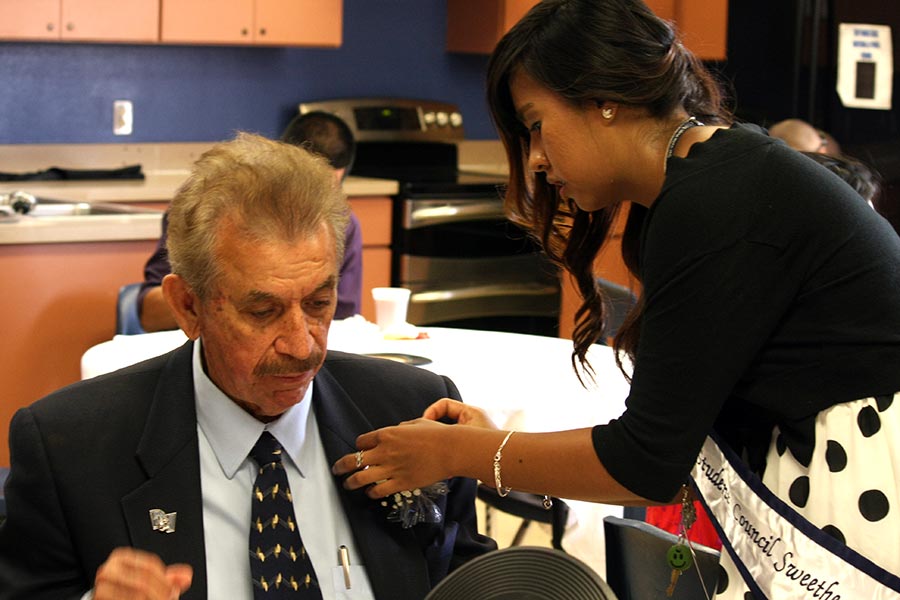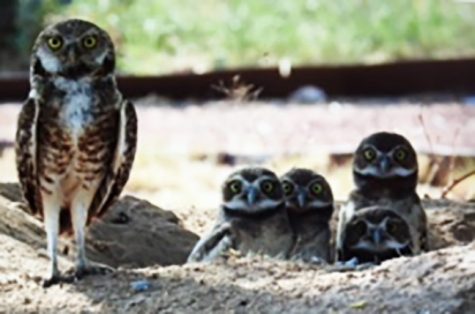Burrowing Owls protection delays changes to garden
A Burrowing Owl and its two-month-old owlets two years ago in June
May 5, 2023
Burrowing Owls have lived in the school garden in front of the student parking lot for about eight years.
“In 2016 I started to take care of the garden to protect the Burrowing Owls. They have been there for a while. It is always the same mama and papa owl and they have about four children every year. This year they had six children which is the most owlets I’ve seen since mama and papa have been here,” science teacher Sherri Bryant said.
This is the first year the owls have not been in the garden.
“I haven’t seen them in the garden and I was wondering what happened. Mrs. Bryant told me it’s normal and they are still on the campus so I had nothing to worry about. I do hope they come back to the garden soon,” science teacher Ramon Benavides said.
The garden was going to be changed with a pond, but due to the Burrowing Owl nest the pond will be placed past the greenhouse boxes at a later time.
“The school wanted to replace the garden for a pond but due to the owls the school aren’t able to alter the whole garden. Instead they will make it next to the greenhouse boxes that we have in the garden,” Bryant said.
The Burrowing Owl’s are very selective about living locations.
“Burrowing Owls are found year round in the southwestern part of the U.S. from Texas to California. Their breeding range is from the upper part of the U.S. and even reaches Canada. During the winter the owls go into Mexico,” writes tpwd.texas.gov.
The Burrowing Owls have certain ways of nesting.
“Burrowing Owls are interesting because as their name states the owls dig. They will dig up burrows as long as 10 feet. If they are not making their burrows the owls will steal the burrows of different rodents. Some parks will create artificial burrows for the owls,” writes tpwd.texas.gov.

